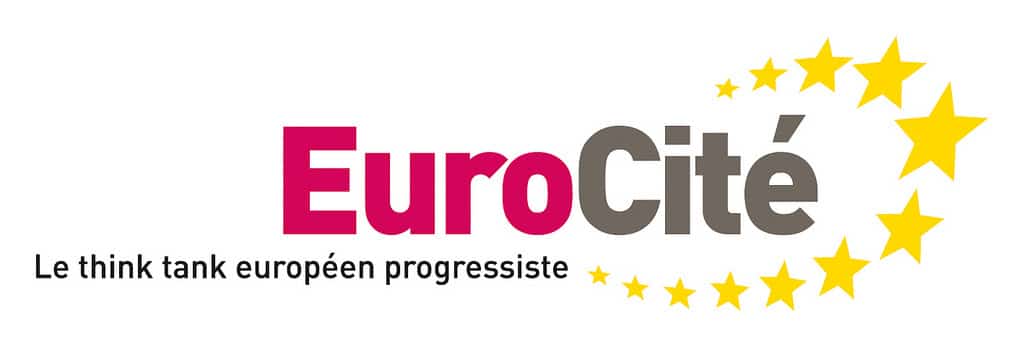What’s Going On?!

London has recently seen some pretty interesting nonviolent protests in Parliament Square, the Natural History Museum, Oxford Circus, and Waterloo Bridge with an equally as eye-catching name: The Extinction Rebellion. XR, as they are colloquially known. XR stems from the idea that the preservation of all species of life is critical and that British and European institutions have failed to maintain environmental sustainability. Specifically, XR calls on Greenpeace members and those who care (at least mildly) about climate change to mobilise and take to the streets, make demands, and create public spectacles.
And, public spectacles they have created: just on Thursday, a group of XRers glued themselves to trains and climbed onto roofs at the London Stock Exchange to conclude their week of protests. Earlier this week, they protested in and around Parliament, occupied the Museum, and stopped traffic intersections, calling for a “[reduction in] UK carbon emissions to net zero by 2025.” As of now, over 1,100 people have been arrested by the London Police.
One sector often cited in the fight against climate change, and demanded by the XR, is transport. Cutting greenhouse gases to net zero in the next 6 years may be a long-shot, but the transition to smarter, greener transport is key. “Green” cities all around Europe and the World have offered successful models to shrink the need for cars and flights and to prioritize/incentivize public trains and metros. Paris Mayor Anne Hidalgo has even been awarded the Green Diplomat of the Year Award in 2016 for her efforts in introducing the bike-share system (Vélib’), reducing fares for public transport for young people, and her general rhetoric on understanding the threats of climate change. The Mayor of London has published goals to meet a growing demand for lower emissions, one including “town center zero emission zones from 2025, creating a zero-emission zone in inner-London by 2040, and a London-wide zone by 2050.” While these goals are not as dramatic as the benchmarks demanded by the XR, they are undeniably a start.
Yet, no governmental body has the system perfected. The EU lacks even a centralized administration dedicated to transport. Especially after the upcoming May elections, the need to act on climate change will be even more pressing, and it will be past time for the European Parliament to start thinking like Paris’ Mayor Hidalgo. Even though Parisians may be able to get across the city with ease, thanks to all the green transport available, travel across Europe often remains a flight or a drive. How do we change this? For one, an intracontinental, coordinated rail-boat/ship-bus system would create incentives for Europeans to travel by greener means. This change can happen, but only if voters this May show they care about the threats of climate change as much as the XR does.
On XR’s website, there is an entire tab dedicated to “Act Now.” Speaking the truths that “we face floods, wildfires, extreme weather, crop failure, mass migration and the breakdown of society […] the time for denial is over […] it is time to act.” We could not agree more. Now, a much-needed call-to-action: there are ways that XR voices can transform into true action. While it is powerful to assemble in city centers, occupy museums, and glue one’s self to a bus, it’s exceedingly important to recognize how real change is made. The true mover of social progress? Voting. Government: it’s how the sausage is made. While we do certainly have an unperfect system, working within its boundaries to accomplish progressive goals on climate change is the right way forward. Encouraging direct contact and engaging in civil debates with our elected leaders, whether it be London, Brussels, or elsewhere, help in these steps towards progress.
Connect with us! Find EuroCité on Facebook, Instagram, and Twitter.
[button url=’https://eurocite.eu/wp-content/uploads/2019/04/EuroCité-Extinction-Rebellion-1.pdf’] PDF [/button]
